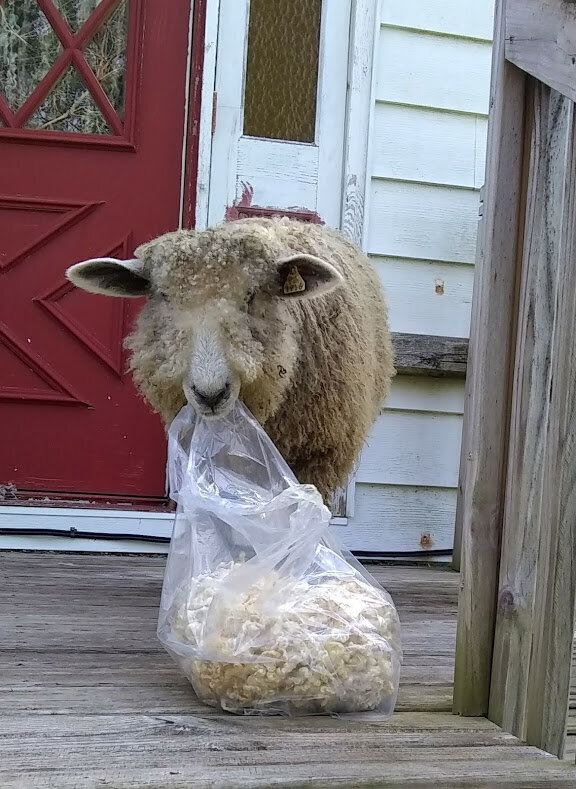As an amateur researcher of people and places, ephemera is an historical revolving door for me. Step through and find many people just waiting to be rediscovered. They walked ahead of us in time leaving so many clues for us to follow. History highlights everyday people and the spectacular events of every single life. Characters woven together so long ago. I may not know them all, but their stories are important and call out to me.
The sheep fainted when they saw the number of photos, books and documents I have amassed. They stamped their feet until I found a way to share them. (They even threatened to make me walk the plank??) Journaling is a way for the items to find their way into a project that makes other people happy.
Many stray vintage photos have followed me home over the years. Seeing them sitting on shelves at thrift stores, antique shops or offered in a box at estate sales and auctions makes my heart sad. What is their story? Where are their families?
If I find the family, I offer to give the photos back. To send them home. When I cannot reach family or they are not interested in receiving them, the photos remain a part of my collection. Where again, they sit in boxes, safe and waiting for something to do.
We have a blog that allows me write about what I imagine could have been happening in the photos. You can read The Treasured Friends of Mrs. Gibson here… https://ryan33387.wixsite.com/theywalkedahead/post/the-treasured-friends-of-mrs-gibson
Originals vs digitals?
Most documents in our paper packets are originals and pre-1930. We are able to include the originals because, like my vintage photo collection, stray papers have also been following me home for years. I enjoy digitals as much as the next person but caring for our rescue sheep does not leave me enough time to do a good job. I’m not an over achiever when it comes to technology. If we offer digitals, the sheep are very firm about quality products. In the future I hope to find time to tackle them but for now, the sheep come first.
BOOKS:
Books are something I love dearly. You can probably guess I have a shameful collection. Many were falling apart, missing covers or in process of falling apart. Not only are there written stories inside, but can you imagine how many people may have read or touched books from the 1800’s? If only we could know those stories too!
I try to include historical information, publishing dates and ages of ledgers/documents. You can find little sticky notes attached to papers that I have the information about. They will not damage paper and are removed easily.
Variety of Items you may find in our 25 & 50 page ephemera packets:
Ledger pages
Newspapers
Music
Foreign language book pages
Book pages
Blank paper- varied types
Dictionary
Magazine pages
Ads
Fussy Cut-outs
Maps
Vintage photos
*And much more! I have a long list of fun things I add in.




































